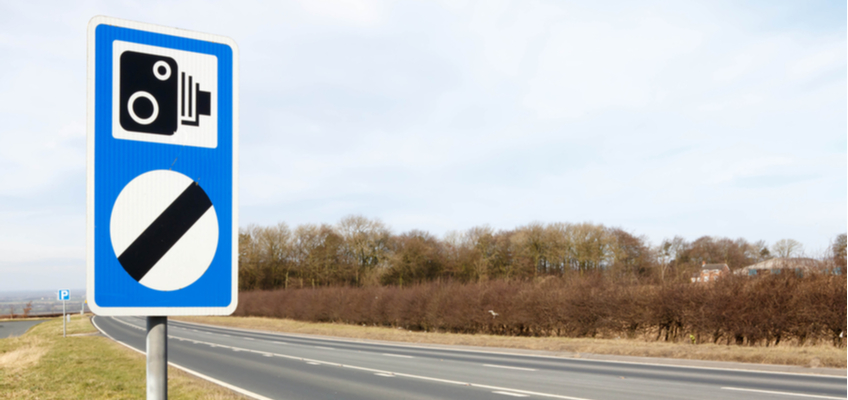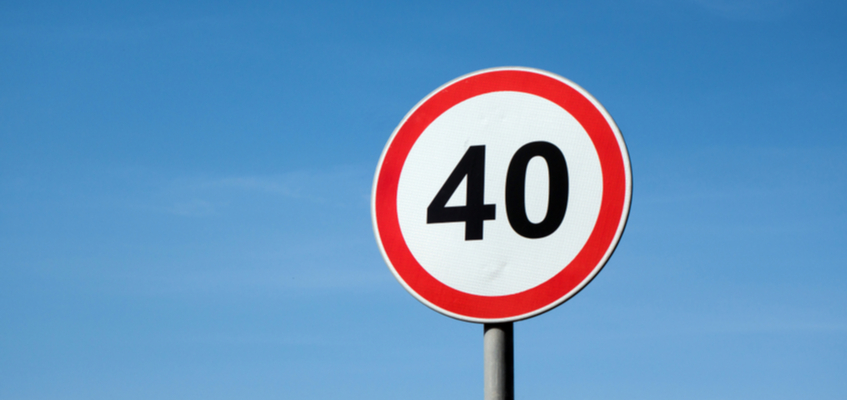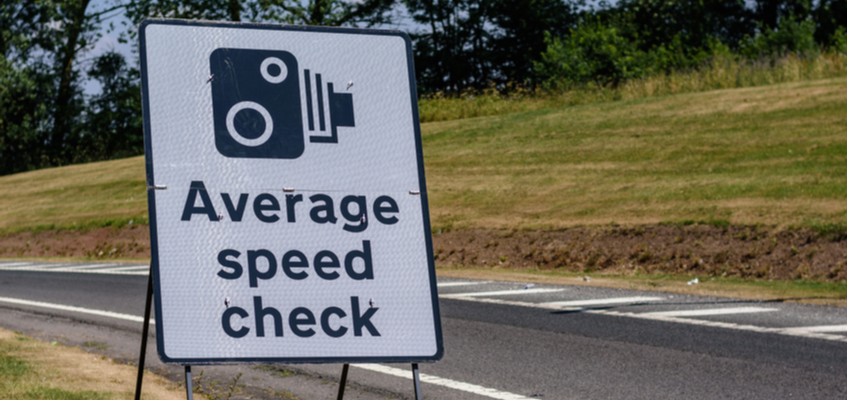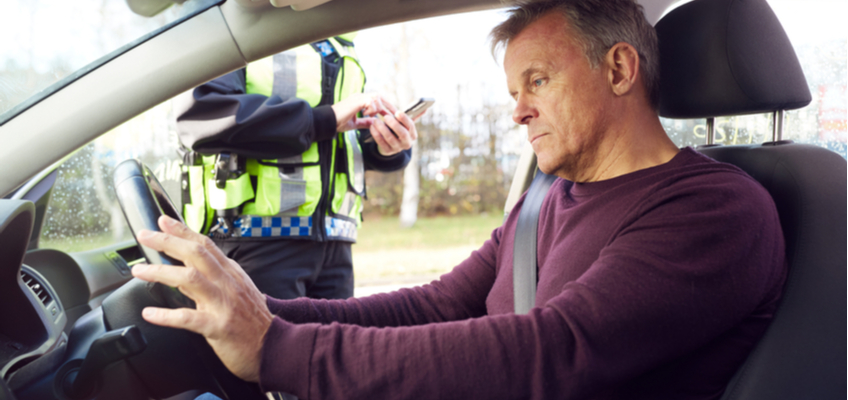Money Expert > Car Insurance > UK speed limits explained
UK Speed Limits Explained - Money Expert
Last updated: 18/07/2024 | Estimated Reading Time: 5 minutes
Money Expert > Car Insurance > UK speed limits explained
Last updated: 18/07/2024 | Estimated Reading Time: 5 minutes
Driving can be confusing. While public transport takes the responsibility away from us, getting behind the wheel requires knowledge about the rules of the road.
One of the most important of these is speed limits, which vary depending on where you are and what you're driving. It can be a little confusing, especially for younger drivers with less experience.
Fortunately, we’ve put together a quick guide to make sure you’re on the right side of the law.
Speed limits are determined first and foremost by the road you're driving on. There are also slight differences depending on what vehicle you’re operating.
There’s a fair amount to take in, so the easiest way to understand is to check our list below:
|
|
Built up areas |
Single carriageways |
Dual carriageways |
Motorways |
|
Cars, motorcycles, car-derived vans and dual-purpose vehicles |
30mph |
60mph |
70mph |
70mph |
|
Cars, motorcycles, car-derived vans and dual-purpose vehicles when towing caravans or trailers |
30mph |
50mph |
60mph |
60mph |
|
Motorhomes or motor caravans (not more than 3.05 tonnes maximum unladen weight) |
30mph |
60mph |
70mph |
70mph |
|
Motorhomes or motor caravans (more than 3.05 tonnes maximum unladen weight) |
30mph |
50mph |
60mph |
70mph |
|
Buses, coaches and minibuses (not more than 12 metres overall length) |
30mph |
50mph |
60mph |
70mph |
|
Buses, coaches and minibuses (more than 12 metres overall length) |
30mph |
50mph |
60mph |
60mph |
|
Goods vehicles (not more than 7.5 tonnes maximum laden weight) |
30mph |
50mph |
60mph |
70mph (60mph if articulated or towing trailer) |
|
Goods vehicles (more than 7.5 tonnes maximum laden weight) in England and Wales |
30mph |
50mph |
60mph |
60mph |
|
Goods vehicles (more than 7.5 tonnes maximum laden weight) in Scotland |
30mph |
40mph |
50mph |
60mph |

If you see a white circular sign with a black line through it, then that road is subject to the national speed limit. Generally, this refers to the following:

The most frequently used types of speed restrictions will be fixed speed limits. You can see areas dictated by fixed speed limits by their distinctive signs, with a white circle and black numbers, surrounded by a ring of red. Often, they will have 20, 30, 40, or 50mph limitations.
Local authorities will impose their own speed limits in certain areas. This is generally done in areas deemed to be at particular risk, for example near a school or on a road that has seen a high number of accidents. In situations where the slowest speed of 20mph is enforced, a local council might bring in additional measures such as speed bumps.
Whereas normal speed limits dictate the maximum speed a motorist may drive at, variable ones, much like they sound, change depending on the situation. Most often used on smart motorways, they will take into account driving conditions and calculate a figure.
If there is little risk, they will often revert to the national speed limit, and if conditions are poor e.g with fog and rain, it will come down to reduce the chances of a crash. They can also adapt to reduce congestions during periods of heavy traffic.

Average speed checks are becoming more and more common on Britain's roads. They operate slightly differently to normal limits, checking the time a vehicle takes to travel between two points, rather than mph at any one time.
These ensure that motorists maintain a safe standard of driving for prolonged periods of time, as opposed to just slowing down for cameras.
While the UK doesn’t have a national minimum speed limit, there are certain roads that will display the slowest speed that you can drive. These will generally be imposed in areas such as tunnels, where trundling along at 10mph is especially dangerous. Signs showing the minimum speed limit are blue and circular and not to be mistaken with the normal speed limit.
It’s important to note that even though you can technically drive as slow as you want across large parts of the UK, it’s not advised, both from a legal and safety standpoint. Should your sluggish pace be cause of concern, you could be picked up for dangerous driving. So, in areas without a minimum limit, it’s advisable to use your common sense.

Exceeding the speed limit will almost always result in some kind of punitive measures, which will generally come in the form of fines or points on your licence. The types of punishments you can expect to receive are broken down into three separate bands, with how fast you're travelling in relation to the limit determining which one you fall under.
|
Speed limit |
Band A |
Band B |
Band C |
|
20mph |
21-30mph |
31-40mph |
Over 40mph |
|
30mph |
31-40mph |
41-50mph |
Over 50mph |
|
40mph |
41-50mph |
51-60mph |
Over 60mph |
|
50mph |
51-60mph |
61-70mph |
Over 70mph |
|
60mph |
61-70mph |
71-80mph |
Over 80mph |
|
70mph |
70-71mph |
81-90mph |
Over 90mph |
Band A is the least serious and most common type of driving offence. Normally, these will result in a fixed penalty notice which will be at least £100, and three points on your licence. If you’re lucky, you might be able to do a speed awareness course instead.
If found guilty of a Band B speeding offence, you will be required to pay one weeks’ income as well as four points on your licence. Depending on the situation surrounding it, you could face losing your licence for up to one month.
For the most serious infringements, you will face a fine of 150% of your weekly earnings and six points on your licence. In the most extreme cases, you will be banned from driving for up to three months and be required to sit your test again.
If you are convicted of speeding, you may find it more difficult to find car insurance. Fortunately, their are specialist policies available.